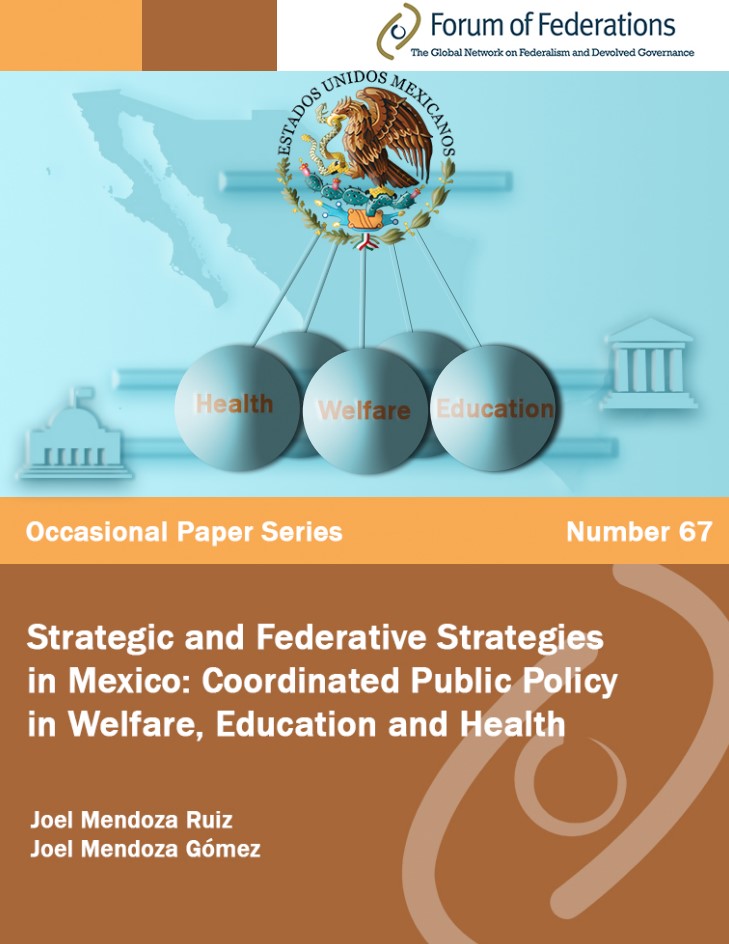Bibliothèque

Language:
EnglishTopic:
Education, Federalism, Health Care, Mexico, WelfareCollection:
Série d'articles occasionnelsCountries:
MexicoAuthors:
Publication Year:
2023
Historically, Mexican federalism has exhibited a special contrast, which we have highlighted in previous
papers (Mendoza Ruiz and Mendoza Gómez, 2022). The 19th century witnessed the coexistence of a
weak national government with empowered subnational governments. That “unbridled federalism” was
characterized by strategic and financial unilateralism from the subnational governments. During the
20th century, however, Mexican federalism shifted mainly towards financial unilateralism from the
national government, followed by opportunistic Constitutional reforms. This inverted the capacities
from the previous century: a strong national government and brittle subnational governments
(Mendoza & Mendoza, 2022, p. 75). Thus, the contemporary implementation of coordinated policy
became dependent on the federal budget, supposing a federal imbalance, from 1953 to 1980. This
process occurred through the use of a contractual « non-constitutional” instrument: Intergovernmental
Agreements (IGAs). Via the enactment of IGAs, subnational governments committed to abrogating
several taxes in exchange for compensation from the national government through transfers derived
from new national taxes, as incremental incentives.
To explain Mexican federal public policy dynamics, it is necessary to study the financial instruments
corresponding to sectoral policy in detail. In this regard, this occasional paper examines four concepts:
1. Decentralized implementation programs, encompassing those designed by the national
government to be implemented by the subnational governments via conditional transfers –
a mechanism of cooperative federalism.
2. Centralized programs designed and directly implemented by the national government.
3. Programs designed and implemented by the subnational governments with no national
government participation.
4. Subsidy programs consisting of financial transfers for the subnational administrative and
infrastructure improvement oriented to contribute to national policy, following
administrative weaknesses of the subnational governments

